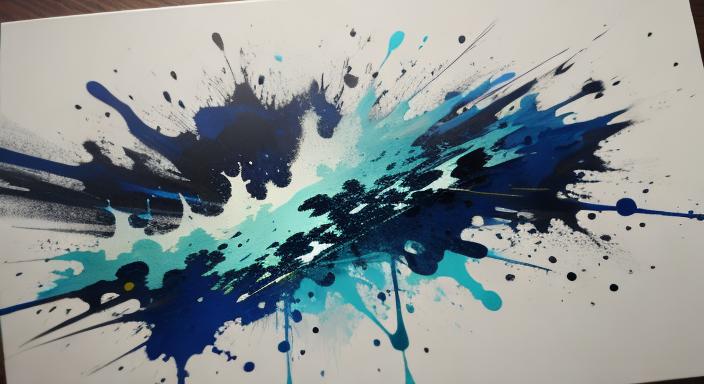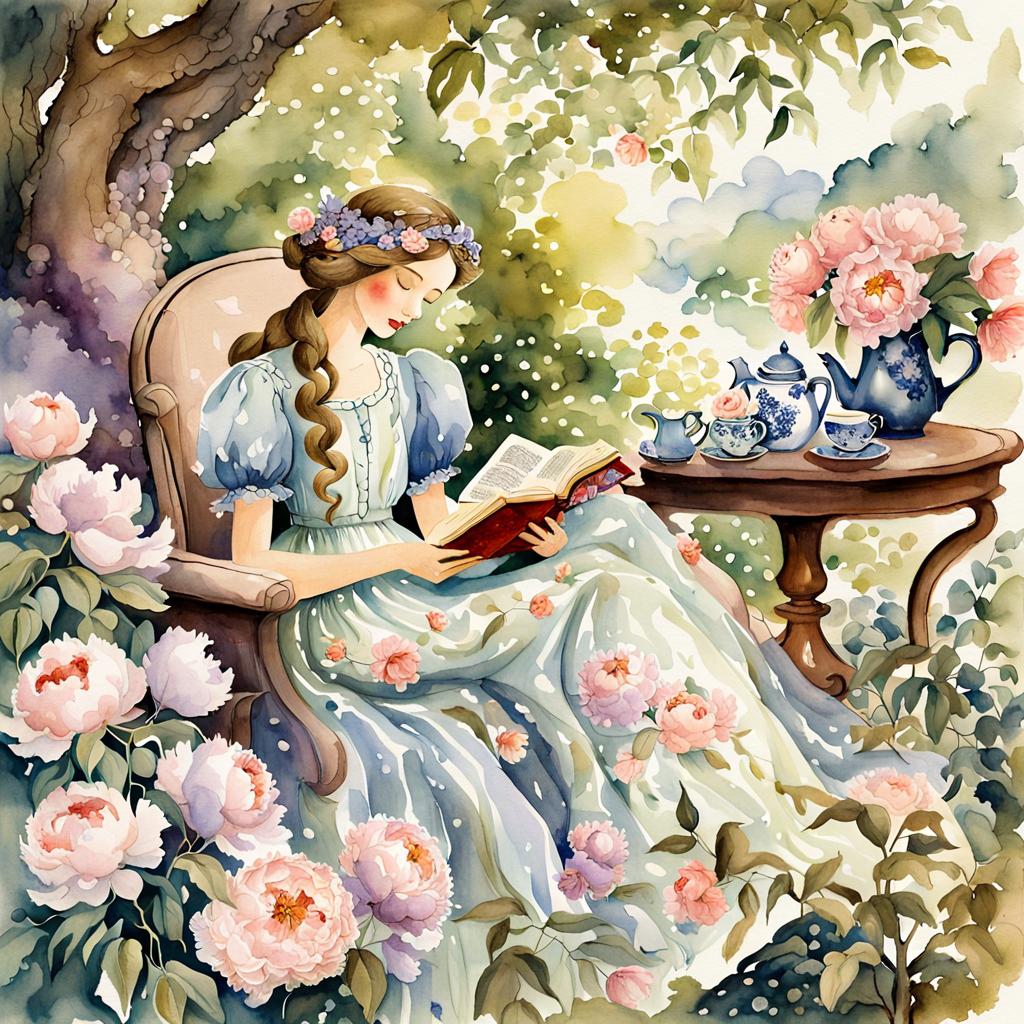Are you intimidated by the world of art? Do you feel like you’re walking into a gallery or museum and being hit with a tidal wave of emotions, styles, and techniques? You’re not alone. Many people struggle to appreciate art without feeling overwhelmed, and it’s not because they’re not interested or don’t care. It’s because they don’t know where to start.
What’s Holding You Back?
Let’s face it, art can be intimidating. There’s so much to take in, from the colors and textures to the emotions and messages. It’s easy to feel like you’re drowning in a sea of creativity. But the truth is, art is meant to be enjoyed, not feared. So, what’s holding you back? Is it:
- Lack of knowledge about art history or styles?
- Feeling like you’re not “artistic” enough?
- Not knowing where to start or what to look for?
- Feeling like you’re not “getting it” or that it’s all just a bunch of nonsense?
Whatever your reason, it’s time to break free from the shackles of art anxiety and start appreciating the beauty around you.
Tips for Appreciating Art Without Feeling Overwhelmed
1. Start with What You Know
Don’t try to tackle the entire art world at once. Start with what you know and love. If you’re a fan of Impressionism, start with Monet and Renoir. If you love modern art, start with Warhol and Pollock. The point is, start with what you’re comfortable with and build from there.
2. Take Your Time
Don’t rush through a gallery or museum. Take your time to look at each piece, read the descriptions, and take in the emotions. Remember, art is meant to be savored, not devoured.
3. Look for Common Themes
Art is all about emotions and messages. Look for common themes like love, loss, hope, and despair. These themes are universal and can help you connect with the art on a deeper level.
4. Don’t Be Afraid to Ask Questions
If you’re unsure about a piece or want to know more, don’t be afraid to ask. Gallery staff and museum curators are there to help you understand and appreciate the art.
5. Take a Break
Art can be overwhelming, so take a break if you need to. Step outside, grab a coffee, or take a few deep breaths. Remember, it’s okay to not be able to take it all in at once.
6. Find What Speaks to You
Art is subjective, so find what speaks to you. If you love a particular style or period, explore it further. If you’re drawn to a particular artist, learn more about them.
7. Join a Guided Tour
Guided tours can be a great way to learn more about art and appreciate it without feeling overwhelmed. Many museums and galleries offer guided tours, or you can join a group tour with a knowledgeable guide.
8. Practice, Practice, Practice
The more you look at art, the more you’ll start to appreciate it. Practice makes perfect, so keep looking, keep learning, and keep exploring.
9. Don’t Compare Yourself
Comparing yourself to others is a surefire way to feel overwhelmed and anxious. Remember, everyone has their own unique perspective and experience. Focus on your own journey and don’t worry about what others think.
10. Have Fun
Most importantly, have fun! Art is meant to be enjoyed, so don’t be afraid to let your hair down and have a good time.
Appreciating the Masters?
| Artist | Notable Work | What to Appreciate |
|---|---|---|
| Leonardo da Vinci | Mona Lisa | The enigmatic smile, use of sfumato technique, and detailed background. |
| Vincent van Gogh | Starry Night | Expressive brushwork, vibrant colors, and emotional intensity. |
| Pablo Picasso | Guernica | Powerful anti-war message, use of Cubism, and dramatic monochromatic palette. |
| Michelangelo | Sistine Chapel Ceiling | Mastery of human anatomy, dynamic composition, and use of fresco technique. |
| Johannes Vermeer | Girl with a Pearl Earring | Subtle use of light, detailed textures, and the subject’s enigmatic expression. |
| Claude Monet | Water Lilies | Impressionist technique, play of light on water, and color harmony. |
| Salvador Dalí | The Persistence of Memory | Surreal imagery, dream-like quality, and melting clocks as a symbol of time’s fluidity. |
| Rembrandt | The Night Watch | Use of light and shadow (chiaroscuro), dynamic composition, and detailed figures. |
| Gustav Klimt | The Kiss | Decorative patterns, use of gold leaf, and exploration of intimacy and sensuality. |
| Henri Matisse | The Dance | Bold colors, simplified forms, and dynamic movement capturing the joy of dance. |
This collection highlights a diverse range of styles and periods, allowing you to explore different techniques and themes in art. Enjoy your journey into the world of art appreciation! What works for you?
Where Best to Appreciate Art?
| Gallery | Location | Highlights |
|---|---|---|
| Louvre Museum | Paris, France | Home to iconic works like the Mona Lisa and Venus de Milo, showcasing art from prehistory to the 21st century. |
| Vatican Museums | Vatican City, Italy | Famous for the Sistine Chapel ceiling by Michelangelo and a vast collection of Renaissance art. |
| Metropolitan Museum of Art | New York City, USA | Features over 2 million works, including European paintings and ancient artifacts. |
| The British Museum | London, UK | Renowned for its extensive collection of world art and artifacts, including the Rosetta Stone. |
| Musee d’Orsay | Paris, France | Specializes in 19th and early 20th-century art, housing works by Monet, Van Gogh, and more. |
| Uffizi Gallery | Florence, Italy | Home to masterpieces of the Italian Renaissance, including works by Botticelli and Michelangelo. |
| The Art Institute of Chicago | Chicago, USA | Known for its Impressionist and Post-Impressionist collections, including works by Grant Wood. |
| The Tate Modern | London, UK | A leading modern art gallery featuring works by artists like Picasso and Warhol. |
| Guggenheim Museum | New York City, USA | Famous for its innovative architecture and modern art collection, including works by Kandinsky. |
| Rijksmuseum | Amsterdam, Netherlands | Celebrated for its collection of Dutch Golden Age paintings, including works by Rembrandt. |
These galleries not only house remarkable collections but also offer unique architectural experiences and cultural insights, making them essential destinations for art appreciation.
Common Art Terms
If you’re new to the world of art, you may come across some unfamiliar terms. Here are a few common ones to get you started:
- Impressionism: A style of art that emphasizes capturing the impression of a moment or scene, often using soft, feathery brushstrokes and vivid colors.
- Modern Art: A broad term that encompasses a wide range of art movements and styles, including Abstract Expressionism, Pop Art, and Minimalism.
- Abstract: A type of art that doesn’t depict realistic subjects, often using shapes, colors, and textures to create a unique visual experience.
- Expressionism: A style of art that emphasizes the artist’s emotions and inner experiences, often using bold colors and distorted forms.
Art Appreciation Myths
There are a few common myths about art appreciation that can be helpful to debunk:
- Myth: You need to be an expert to appreciate art.
- Reality: Anyone can appreciate art, regardless of their level of knowledge or expertise.
- Myth: Art is only for rich people.
- Reality: Art is for everyone, regardless of their socioeconomic status.
- Myth: You need to be a “artistic” person to appreciate art.
- Reality: Anyone can appreciate art, regardless of their level of artistic ability.
The Wrap
Appreciating art without feeling overwhelmed is all about taking it one step at a time. Start with what you know, take your time, look for common themes, and don’t be afraid to ask questions. Remember, art is meant to be enjoyed, not feared. So, take a deep breath, relax, and let the beauty of art wash over you.



